In this final installment of the overview of my design process, I get into the details of refining the concepts and defining the details. In many ways this is my favorite stage because while it may feel like the magic happens in the exploration phase, it’s in this final phase that the idea really becomes reality.
Back in my design agency days, the design process was much more defined and formal. At the end of each stage, you’d present X number of concepts to the client, narrow down the selections to Y, agree on any changes or next steps, and close the book on that chapter of the project. It wasn’t wise to go back and revisit something from earlier in the project, even if you felt like you might’ve left a good idea on the table, because it would blow the budget and timeline all out of whack and you really just needed to keep marching forward.

Selecting hardware to go on bags
Now that I’m working for myself, the process is much more fluid. I obviously don’t worry about presentations, and nor do I feel bad if I decide to go back and revisit something that I dismissed weeks ago. I’m comfortable with the creative process being an inefficient one; I just keep pushing the ideas along until I have to stop because it is time to go into production to get the bags finished in time for spring. In other words, I’m presenting my design process as these clear 3 stages, but in actuality, it is much less linear.
Going from 2D to 3D
Po Campo bags have both beauty and brains, so as I refine the new concepts, I work on both the functionality and the style. The design brief (that I wrote about in my first post) is my guide here, as it outlined what I want the product to do both physically (functionally) and emotionally (aesthetically).
It’s easier for most people to size up a concept once it is in 3D, so as I make my refinements, I’m constantly showing the samples to people to get feedback, both with how it works and how it looks. I feel good about the function when people feel confident that they are using the bag correctly without instruction and I feel good about how it looks when my customer sees it and a happy look comes across her face. And when I feel happy looking at it, too.
Fine-Tuning with Consumer Research
While I’m showing the samples to people throughout the process, once I get to the point that I feel like the bag is 85-90% done, I do a more formal research project. My preferred method is letting people use a bag for a week or two and have them keep a journal about their experience.
I think this is a step that a lot of manufacturers and even independent designers omit because, well, it is time-consuming and can often feel unnecessary if you’ve been checking in with people all along. However, some of my biggest nuggets of insight reveal themselves at this stage so I’m pretty faithful to it.
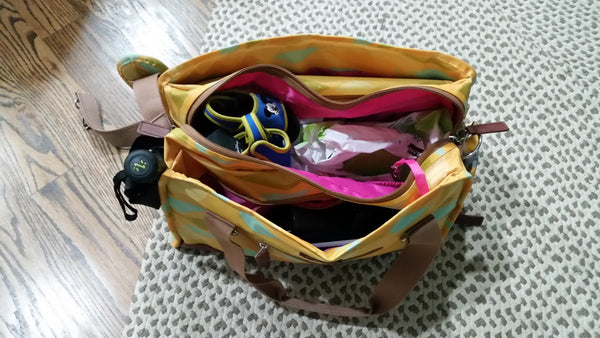
Photo from a mom of her diaper bag sample fully loaded up
There have been so many “a-ha” moments in these studies that it’s hard to pick just one to share, but one of the most memorable was when we working on a diaper bag concept. The bag had our signature faux leather handle grip with two snaps, which is an accent that looks nice and makes the bag comfortable to carry. Well, one of our study moms shared this story about how her baby suddenly threw up in a restaurant and started screaming and she needed to get into the bag quickly to fix the situation and couldn’t because of the snaps. It upset me to think of our bag hindering her at the exact moment when it should be helping her, so we switched the snaps to magnets so that they look the same but are easier to open. A huge change? No. But a meaningful one.
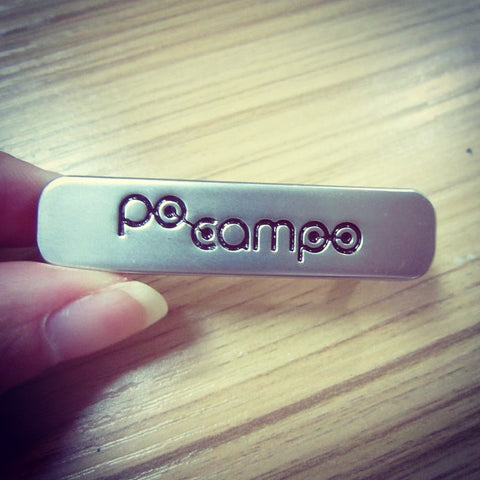
After the research study, I’ll generally do one or two more rounds of refinements and start to get in on the nitty-gritty with the factory. Everything is specified to a ‘T’ and we start planning for production. At this point, it’s best not to make any major changes to the design because it can just confuse things. Fortunately, I really trust my process to deliver me to a place that the products are good to go and that only minor tweaks need to take place, which I know my manufacturing partners appreciate. When you’re a small company, you can’t offer large orders but you can be easy to work with!
This is my final post on my design process. Any questions left unanswered? Please leave them in the comments below.
Other posts you may like:
My Design Process (Part 2): Ideation and Development


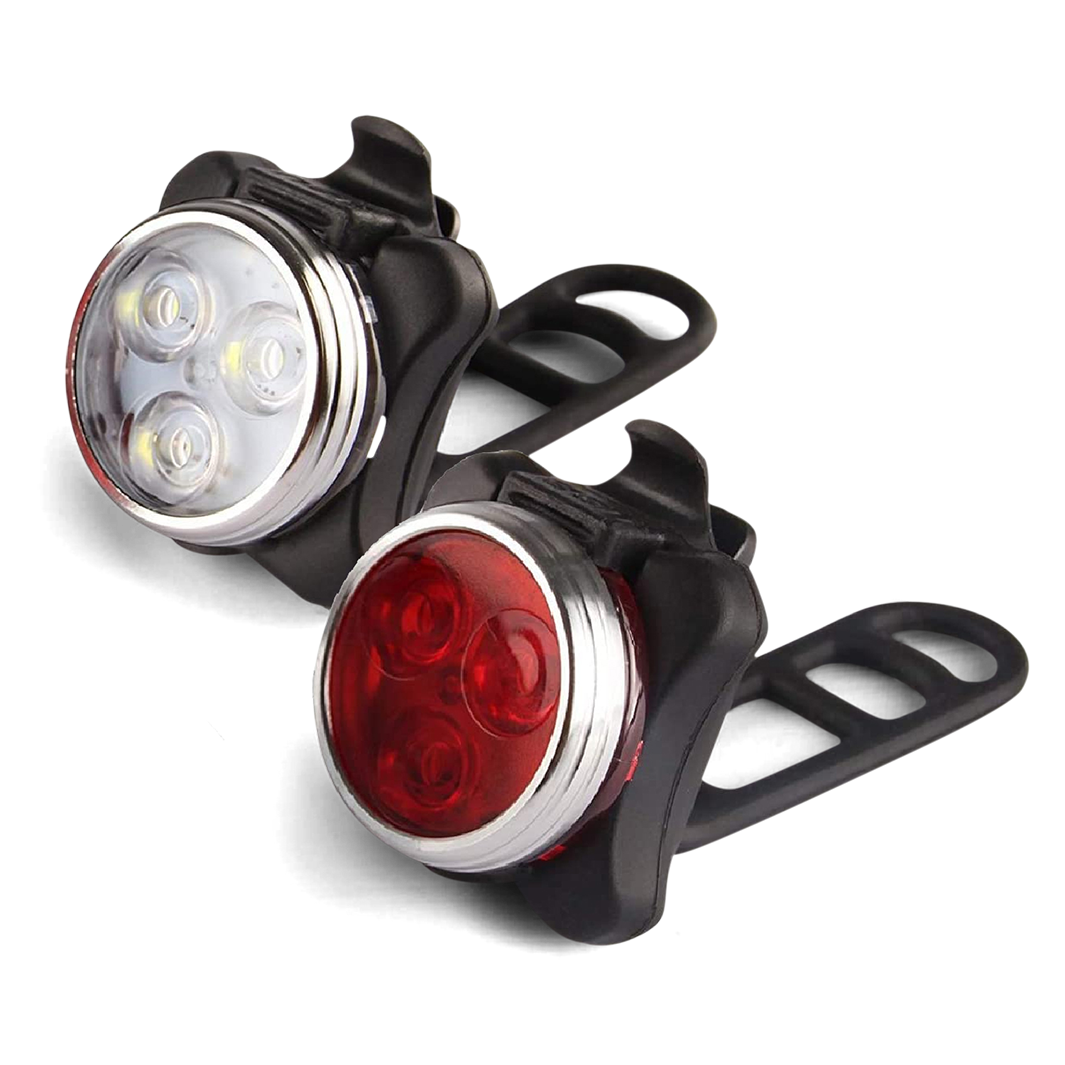















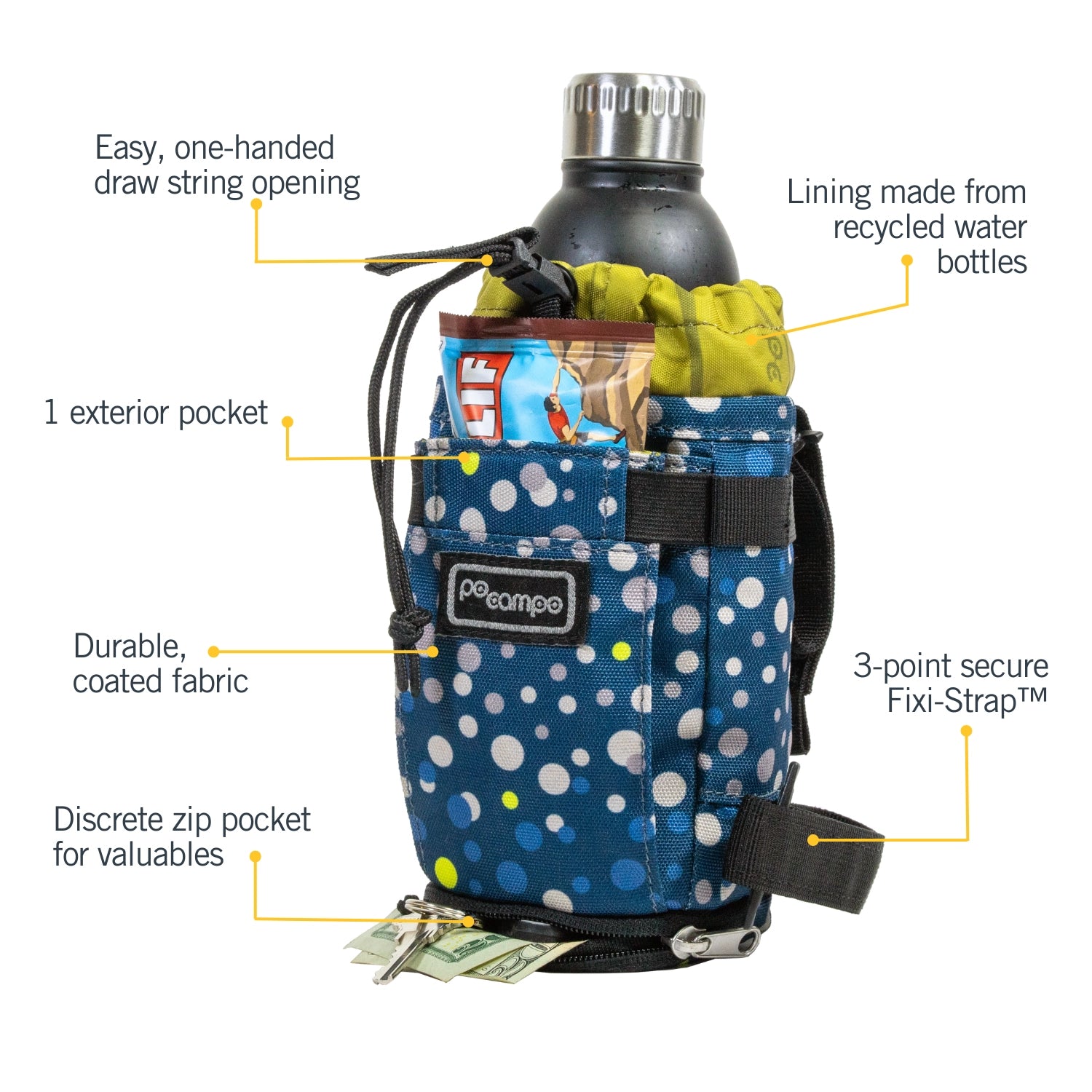


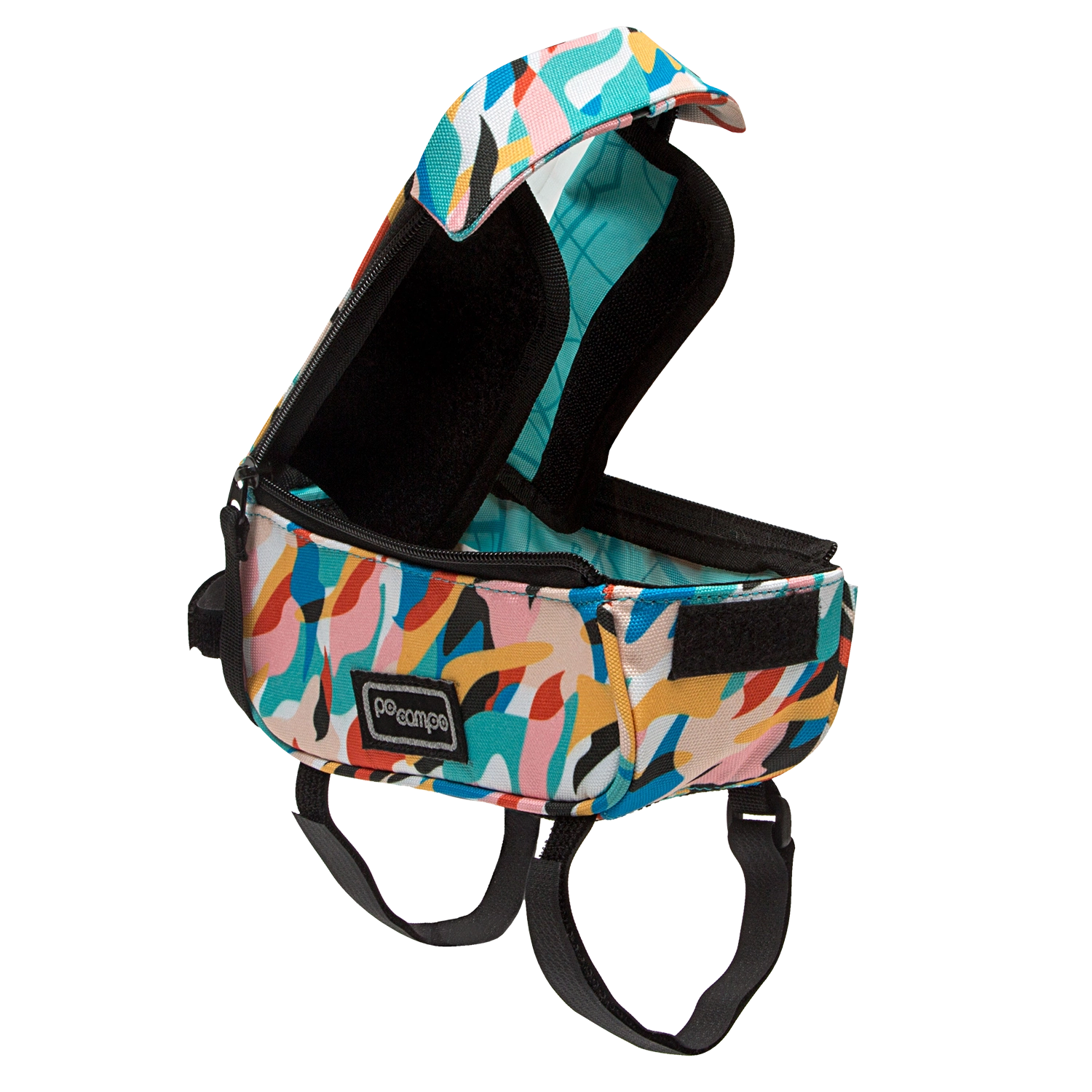









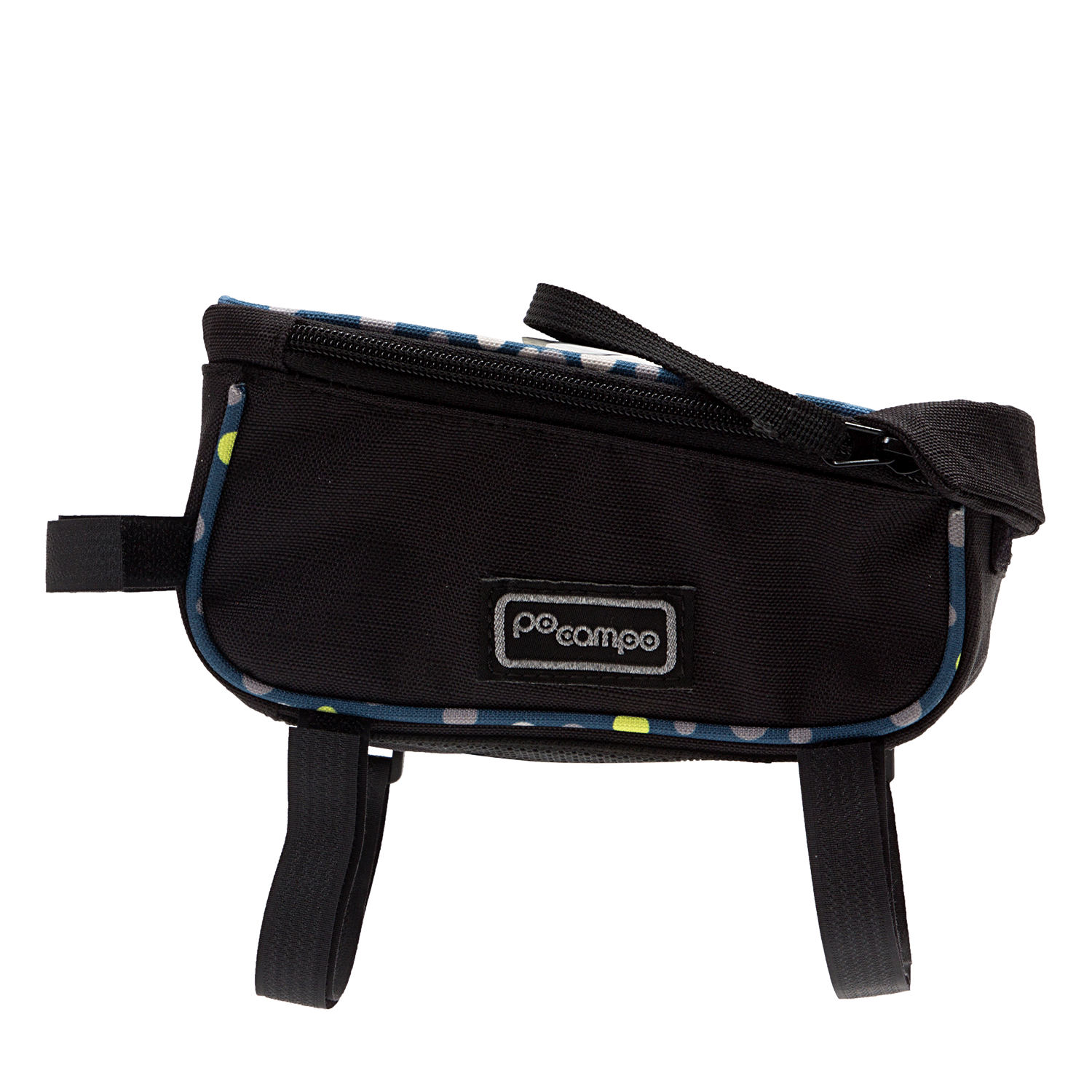

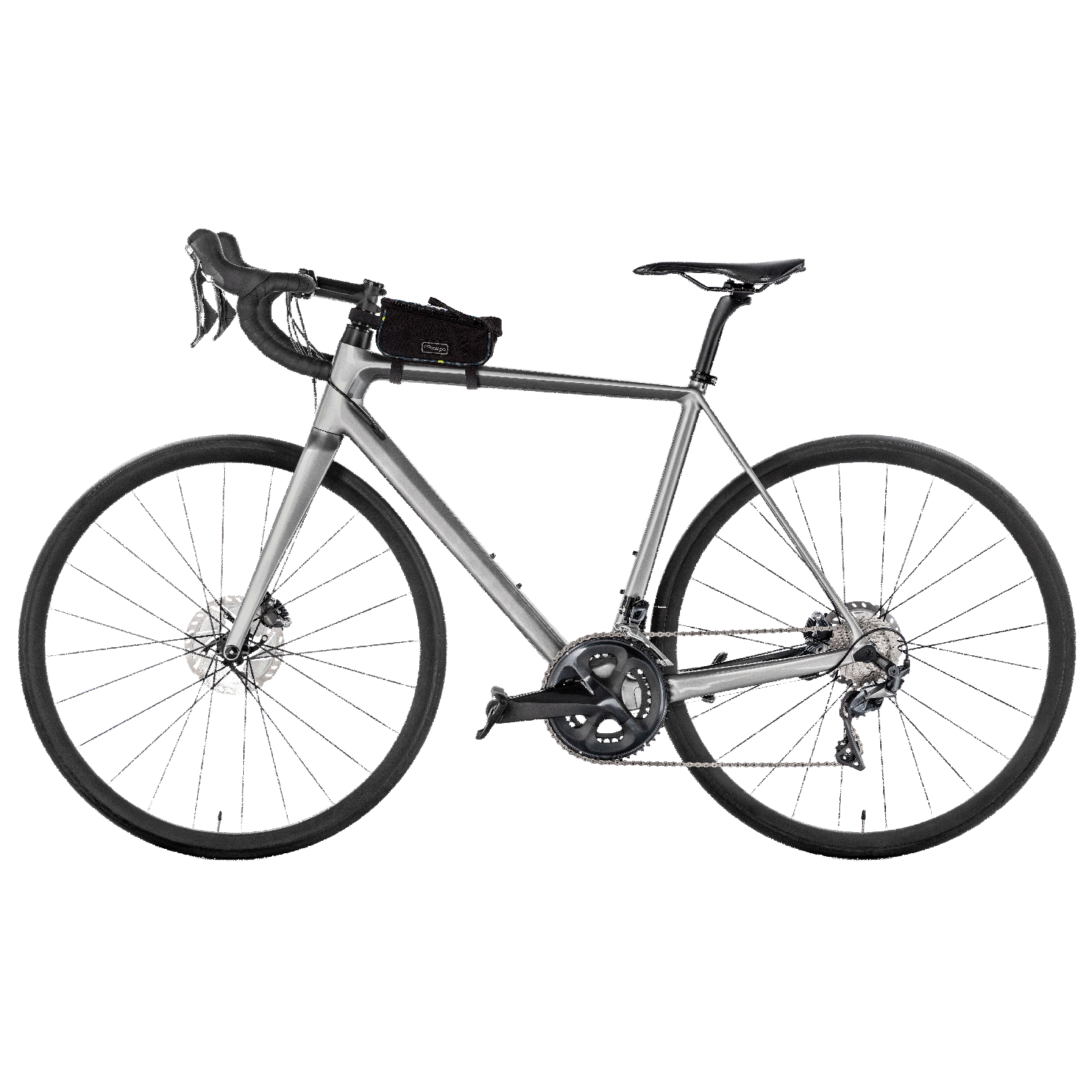
Comments
I found this fascinating. Keep these well designed bags coming. I’m curious what is in the pipeline.